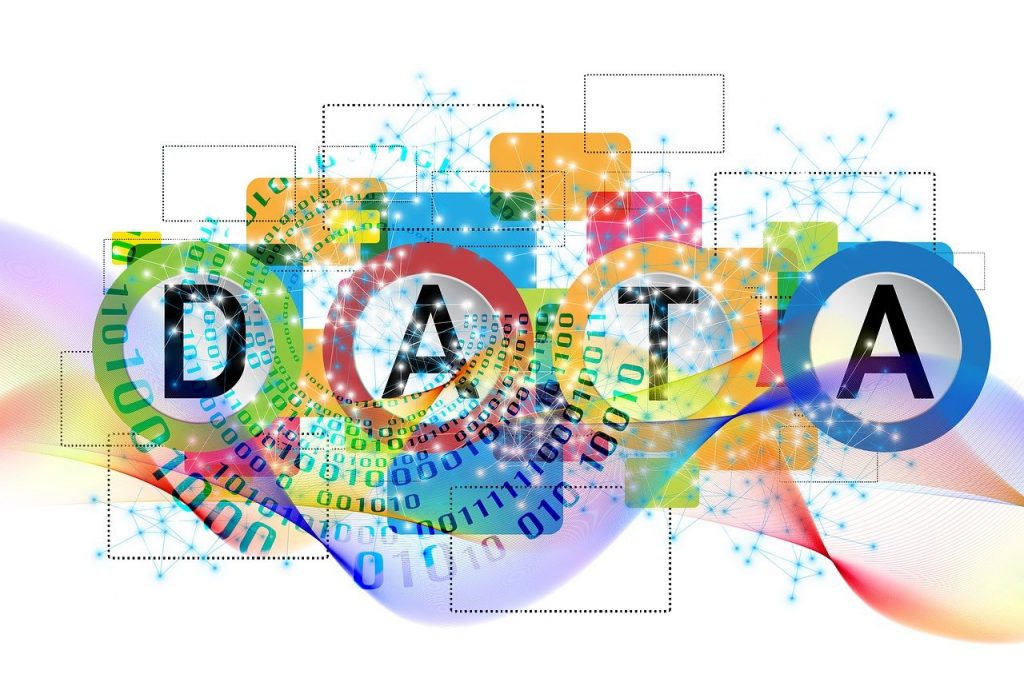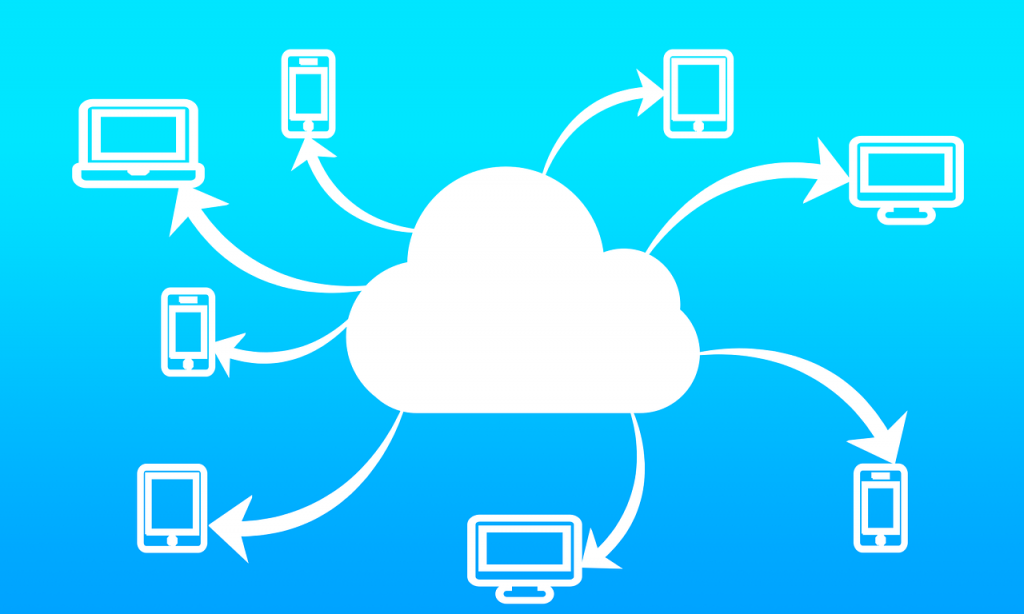The time period cloud disaster recovery (cloud DR) refers to the techniques and offerings businesses apply for the purpose of backing up programs assets & data right into cloud surroundings.
Cloud DR allows protect company resources and make certain commercial enterprise continuity. If catastrophe hits corporations can repair facts from sponsored up versions to either on premise or cloud environments. Another key gain is the capacity to automate many strategies and quick scale in step with commercial enterprise requirements and wishes.
Why is Cloud Disaster Recovery Important?

According to studies performed by Uptime Institute 44% of surveyed businesses skilled first rate outage that impacted their enterprise. Most of those outages have been result of electricity disasters. In such cases its miles essential to have solid DR method in location. When electricity fails companies can quickly get better their facts and resume ordinary operations.
In addition to presenting availability all through power disasters disaster healing techniques can help make sure commercial enterprise continuity at some stage in community or electricity outages device disasters herbal failures accidents cyber attacks & for the duration of software program updates. However conventional DR which leans heavily on on premise resources is often complex and highly priced.
Cloud DR offers extra less costly and easier answer. Often cloud DR is obtainable as software as service (SaaS) answer which may be scaled according to the unique desires of the commercial enterprise. In most instances the interfaces are easy and person pleasant and the answer can be fast deployed. In short Cloud DR offers affordability flexibility & scalability.
Cloud Disaster Recovery vs Traditional Disaster Recovery
A traditional catastrophe recovery process stores redundant copies of data in secondary statistics center. Here are key factors of traditional on premises data recovery:
- A dedicated facility—for all needed IT infrastructure inclusive of equipment and team of workers.
- Server capacity—designed to provide high degree of performance and scalability.
- Internet and bandwidth—to offer faraway get right of entry to to the secondary data middle.
- Network infrastructure—presents dependable connection between the two facts centers & guarantees data availability.
Here are several dangers of conventional DR:
- Highly complicated—a local information healing web site can be complicated to control and monitor.
- High prices—setting up and maintaining local website online can be time ingesting and luxurious.
- Less scalability—to expand the server ability of your neighborhood site you need to purchase additional system. This expansion can value number of money and time.
A cloud DR can solve lots of those issues. Here is how:
- No local web page—cloud DR does now not require local web page. You can make use of existing cloud infrastructure and use those assets as secondary web site.
- Scalability—cloud assets can be quick scared up or down based on call for. There is not any need to buy any system.
- Flexible pricing—cloud vendors provide flexible pricing fashions consisting of on demand pay as you cross sources and discounts for long time commitments.
- Quick catastrophe healing—cloud DR allows you to roll returned in count of minutes usually from any vicinity supplied youve got running Internet connection.
- No single point of failure—the cloud helps you to shop backup records throughout couple of geographical locations. Network infrastructure—cloud vendors constantly work to enhance and steady their infrastructure offer guide and protection & release updates as needed.
Creating Cloud Based Disaster Recovery Plan

A cloud based catastrophe healing plan usually follows 3 key levels—evaluation implementation & testing.
Analysis
The evaluation section of your disaster recuperation plan should consist of complete danger evaluation as well as effect evaluation of your existing IT infrastructure and workloads. Once youve got recognized all of those dangers you could identify capacity screw ups and vulnerabilities.
Once you gathered all of this facts you could compare how your present day infrastructure stands in opposition to these demanding situations & decide the Recovery Point Objective (RPO) and Recovery Time Objective (RTO) of your workloads.
Implementation
The implementation section of DR plan facilitates you outline the steps and technologies needed to cope with failures as they occur. The aim is to put out plan that enables you implement all necessary measures and reply in timely manner. Here are 4 key steps of DR implementation:
- Preparedness—an in depth plan explaining the way to respond all through events such as clear roles and duties.
- Prevention—measures taken to reduce capability threats and vulnerabilities. Typically consists of regular updates and employee education.
- Response—manual and automated measures implemented to ensure short reaction at some point of disasters.
- Recovery—guide and automated measures that quick recover the data wished for everyday operations.
Testing
To make certain the viability of your plan you want to test and update it on regular foundation. This will let you make certain your group of workers remain properly skilled and that the plan remains relevant on your desires.
You ought to additionally make sure that every one technologies and automated tactics are running well and are geared up for use always. Additionally you could leverage trying out to locate gaps and update your plan for this reason.
Protecting Data Effortlessly with Cloudian
If you need to backup facts to on premises storage Cloudian offers low value disk based garage with ability up to at least one.Five Petabytes. You can also installation Cloudian appliance in faraway site and keep records at once to the remote web page the use of our incorporated records control gear.
Alternatively you could use hybrid cloud setup. Backup facts to neighborhood Cloudian appliance & configure it to duplicate all information to the cloud. This permits you to access statistics locally for brief recovery at the same time as keeping replica of records on the cloud in case disaster affects the on premise information center.
Types of disaster recovery

The varieties of catastrophe restoration youll want will rely upon your IT infrastructure the form of backup and recuperation you operate & the belongings you want to defend.
Here are some of the maximum common technologies and strategies utilized in catastrophe healing:
- Backups: With backups you again up information to an offsite machine or deliver an external power to an offsite vicinity. However backups do not consist of any IT infrastructure so theyre now not taken into consideration complete catastrophe recuperation solution.
- Backup as service (BaaS): Similar to far flung statistics backups BaaS answers provide everyday records backups offered by way of third celebration issuer.
- Disaster recuperation as provider (DRaaS): Many cloud companies provide DRaaS together with cloud service models like IaaS and PaaS. DRaaS service version permits you to returned up your statistics and IT infrastructure and host them on 3rd celebration issuers cloud infrastructure. During disaster the company will enforce and orchestrate your DR plan to help get better access and capability with minimum interruption to operations.
- Point in time snapshots: Also known as factor in time copies snapshots replicate statistics files or even whole database at particular point in time. Snapshots may be used to restore information so long as the reproduction is saved in region unaffected with the aid of the occasion. However some information loss can arise relying on while the image become made.
- Virtual DR: Virtual DR answers will let you back up operations and statistics or maybe create whole duplicate of your IT infrastructure and run it on offsite virtual machines (VMs). In the event of disaster you could reload your backup and resume operation speedy. This answer requires common records and workload transfers to be effective.
- Disaster restoration sites: These are locations that companies can quickly use after disaster occasion which incorporate backups of data systems & other technology infrastructure.
Planning disaster recuperation strategy
A comprehensive disaster recuperation method need to encompass distinctive emergency response requirements backup operations & healing procedures. DR strategies and plans regularly help shape broader business continuity approach which includes contingency plans to mitigate effect past IT infrastructure and structures permitting all enterprise areas to renew regular operations as soon as possible.

When it comes to creating catastrophe healing strategies you must cautiously dont forget the subsequent key metrics:
- Recovery time objective (RTO): The maximum suited length of time that systems and packages may be down with out inflicting considerable harm to the business. For example few applications can be offline for an hour even as others would possibly want to recover in minutes.
- Recovery factor objective (RPO): The maximum age of data you need to recover to renew operations after major occasion. RPO enables to define the frequency of backups.
These metrics are specifically useful whilst undertaking threat assessments and enterprise impact analysis (BIA) for capacity failures from slight to worst case situations. Risk tests and BIAs evaluate all functional areas of commercial enterprise and the results of any risks which can help outline DR desires and the moves needed to reap them earlier than or after an occasion occurs.
When developing your recuperation approach its beneficial to recall your RTO and RPO values and choose DR pattern so as to enable you to satisfy the ones values and your overall dreams. Typically the smaller your values (or the quicker your packages want to recover after an interruption) the better the value to run your software.
Cloud disaster restoration can greatly reduce the expenses of RTO and RPO in terms of satisfying on premises requirements for capability protection network infrastructure bandwidth help & centers. notably managed carrier on Google Cloud can help you avoid maximum if no longer all complicating factors and let you reduce many commercial enterprise expenses considerably.
Frequently Asked Questions
What is cloud disaster recovery?
A method to back up and restore data using cloud-based services, ensuring business operations continue during disruptions.
How does cloud disaster recovery differ from traditional methods?
Cloud DR offers scalability, cost-effectiveness, and faster recovery times compared to traditional on-premises solutions.
Why is scalability important in disaster recovery?
It allows businesses to adjust resources based on demand, ensuring efficient recovery without unnecessary costs.
How can businesses ensure their cloud DR plan is effective?
Regular testing, updating recovery plans, and choosing reliable cloud providers are key steps.








2 thoughts on “Cloud Disaster Recovery: Affordable, Scalable Solutions 2024”